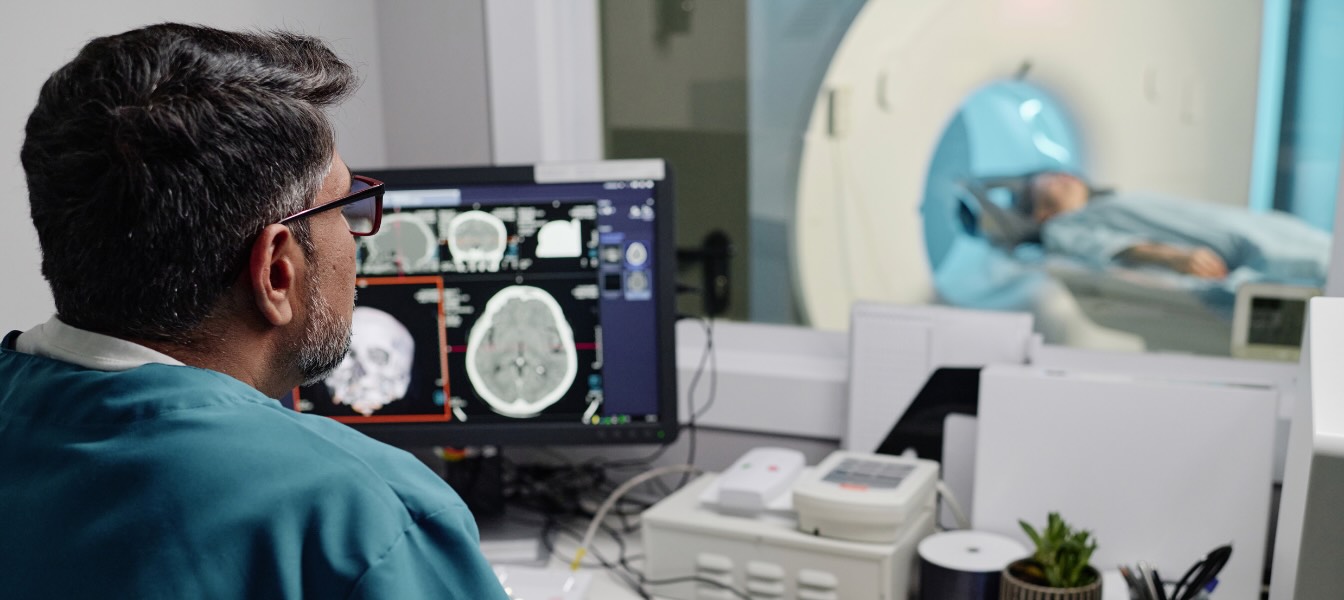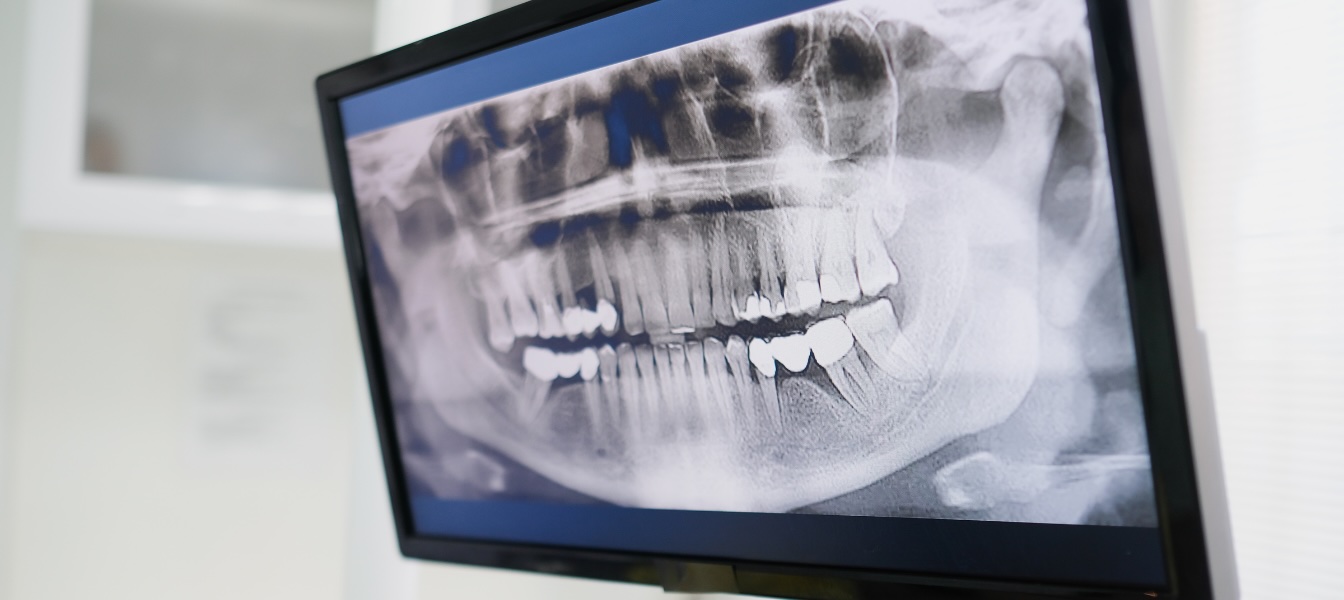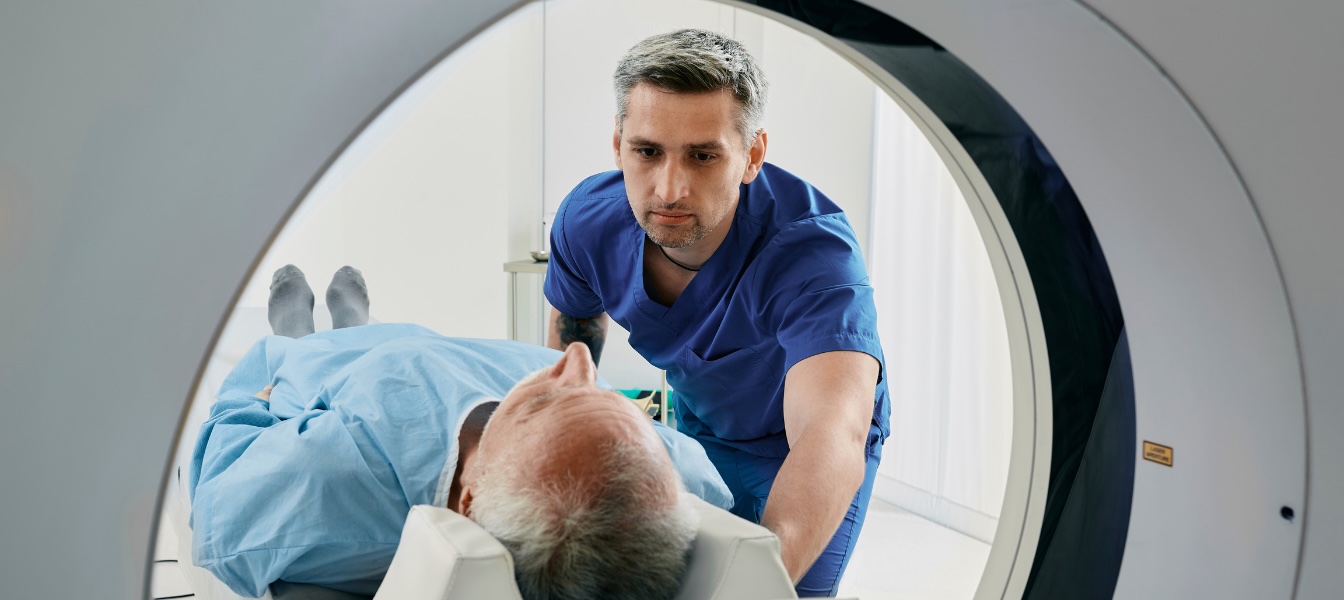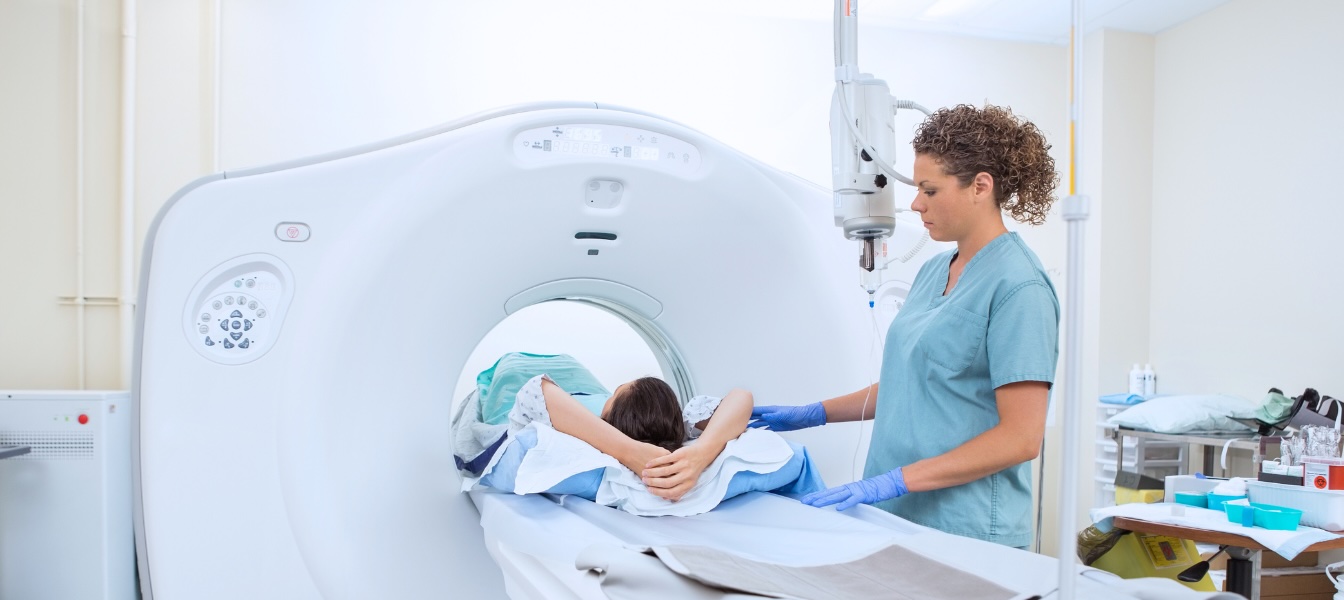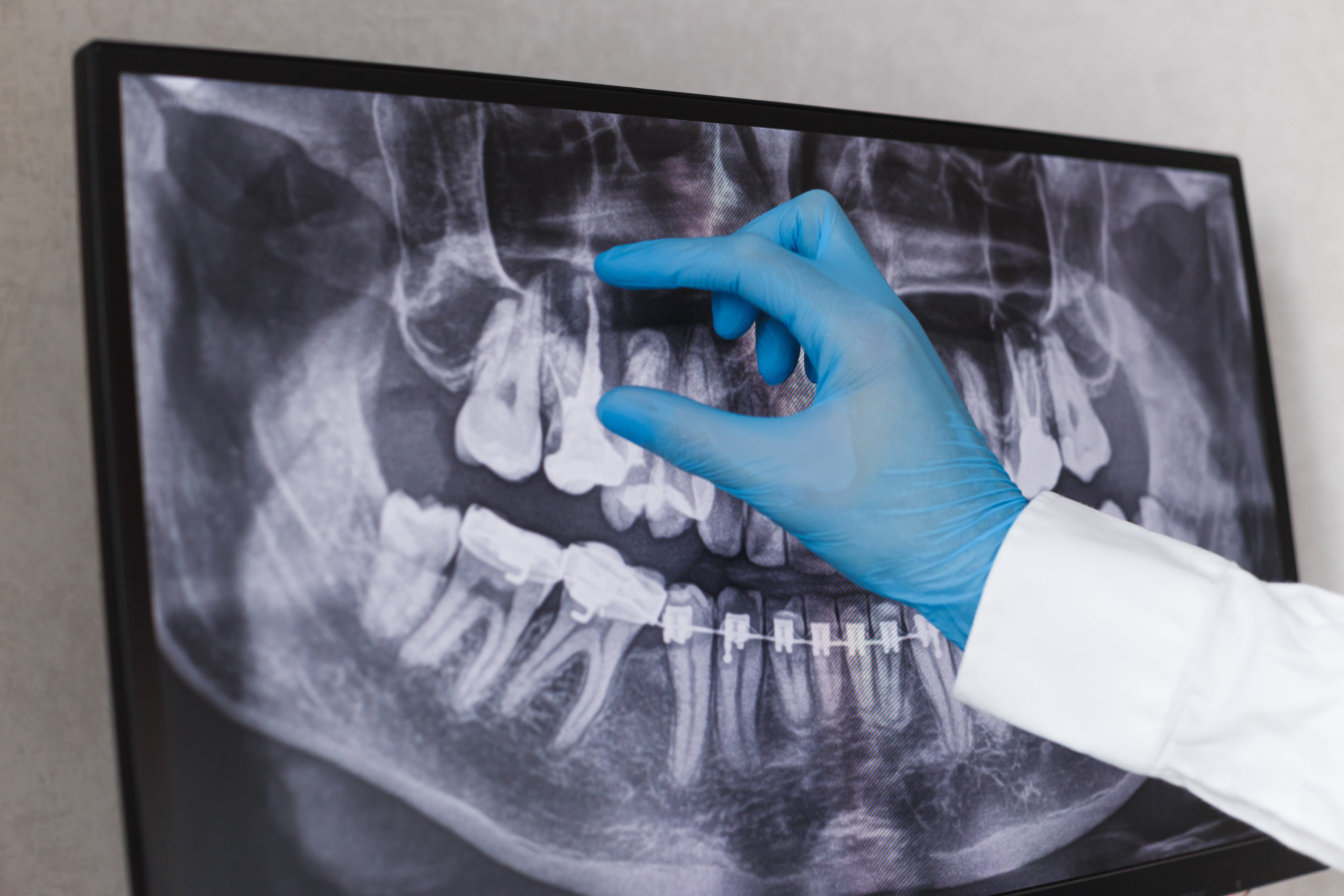Latest Blogs
Dive into the specifics of radiation safety in healthcare settings. Learn about best practices for radiological protection in medical diagnostics, radiation therapy, and patient care.

October 31, 2025
Dosimetry violations are becoming a top enforcement priority for regulatory bodies. Companies that fail to monitor or maintain proper personnel…
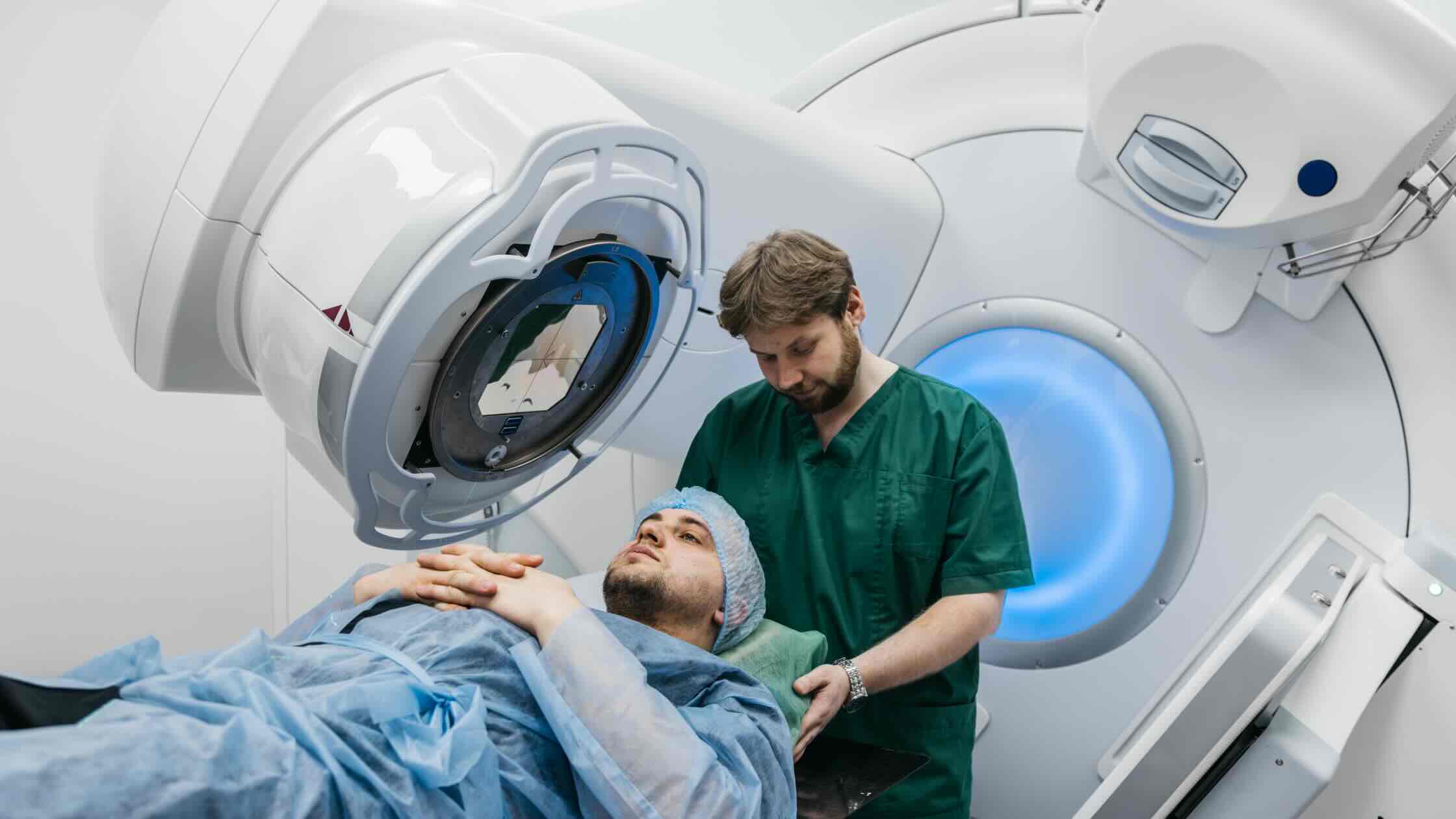
October 30, 2025
The closer a dosimeter’s response stays to tissue equivalence, the more accurate, consistent, and trustworthy the dose measurement – and…
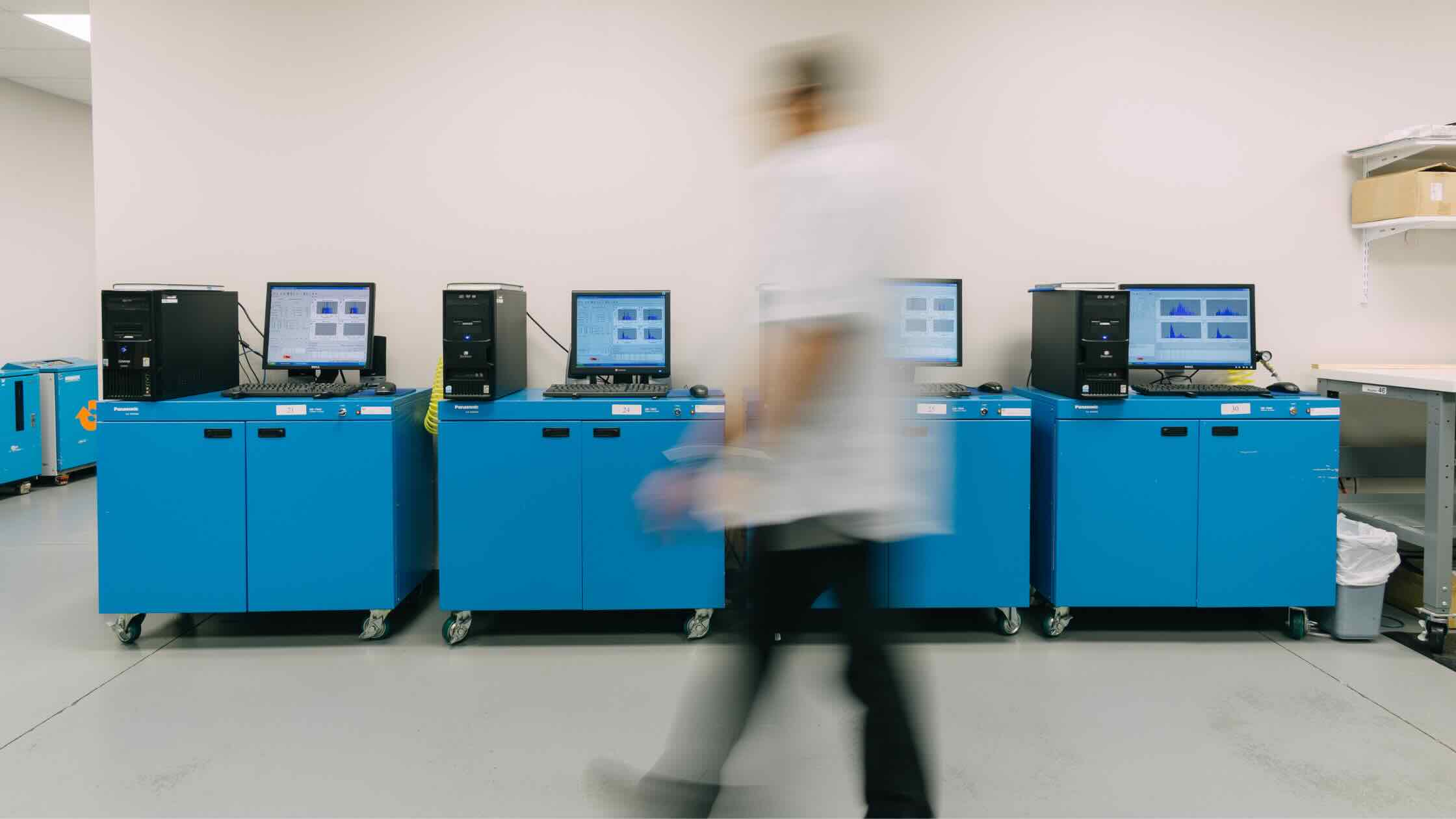
October 23, 2025
Accurate personnel dosimetry isn’t just about detector material, it’s about how you handle depletion. This article explores how BeO and…

October 20, 2025
Webster calculations provide a practical way to accurately estimate effective dose equivalent (EDE) when lead aprons create non-uniform radiation fields.…
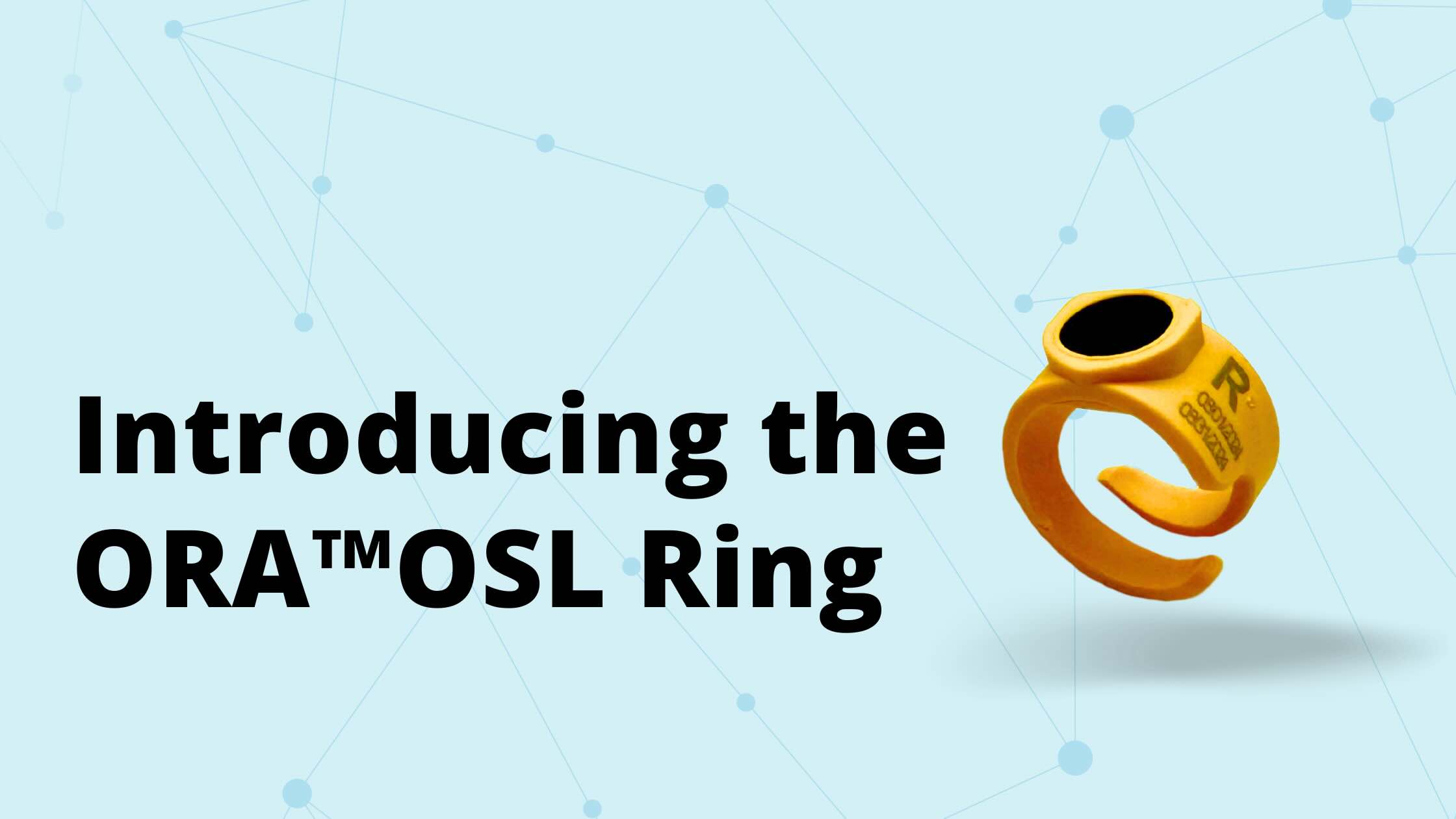
September 5, 2025
Discover the ORA™ OSL Ring: the first US-made BeO and NVLAP-accredited extremity dosimeter (Lab Code 100512-0), offering unmatched accuracy, wearability,…
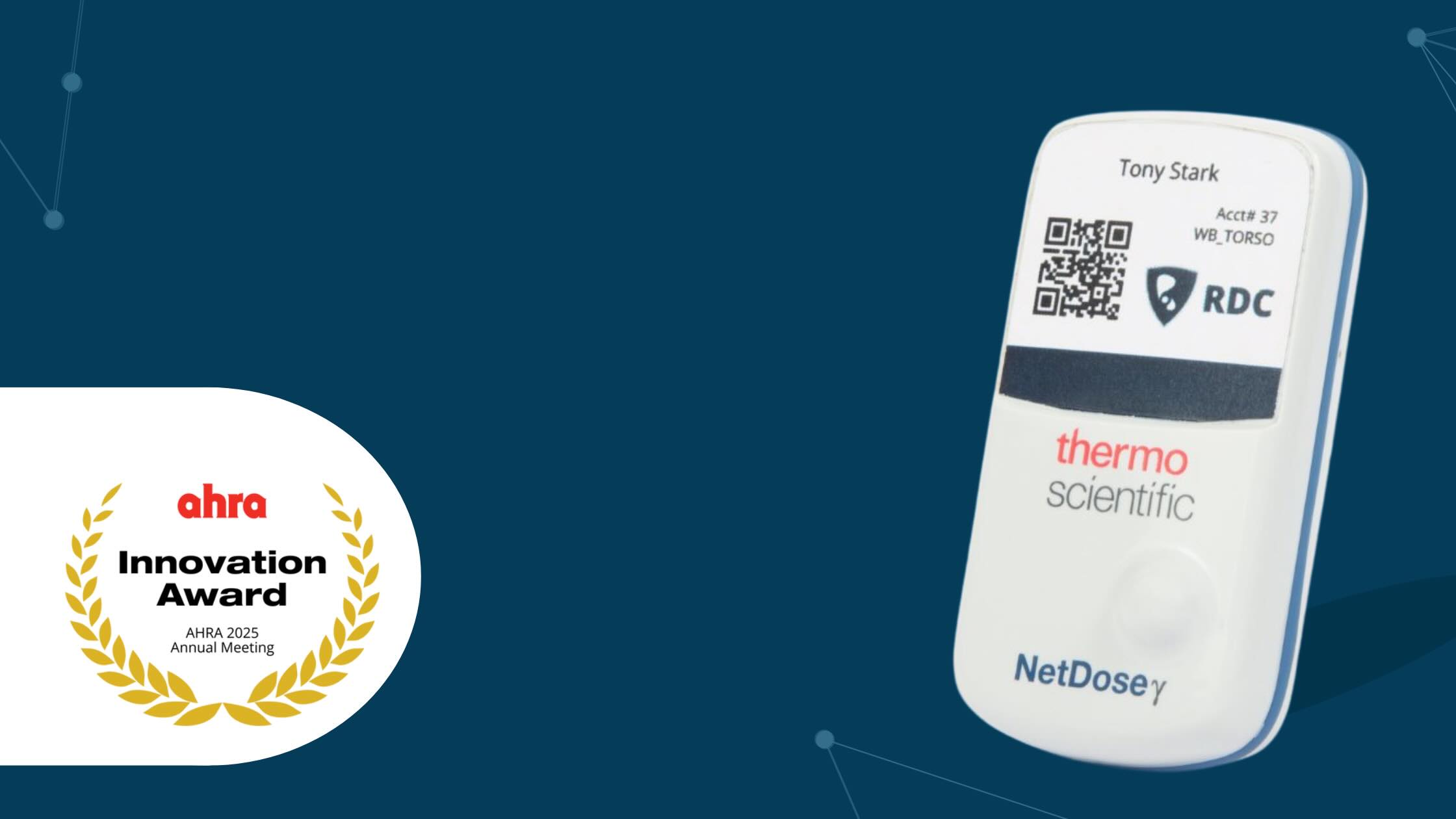
September 3, 2025
Next-generation digital dosimeter recognized for transforming real-time radiation safety in healthcare. Radiation Detection Company (RDC), a leading provider of occupational…

August 26, 2025
Summer heat doesn’t just make you sweat – it can also cause your radiation dosimeter to “forget” your dose and…

June 4, 2025
In high-exposure environments like the cardiac catheterization (cath) lab, visibility into occupational radiation dose isn’t just about regulatory compliance –…

May 8, 2025
Traditionally, airport security has relied on X-ray machines and metal detectors, though they have limitations in detecting non-metallic threats. CT…

March 31, 2025
Radiation Detection Company (RDC), a leading provider of dosimetry solutions, is thrilled to announce the acquisition of PL Medical, a…

February 28, 2025
Not all hospital personnel working near medical radiation require a dosimetry badge. Learn which staff require monitoring and explore the…
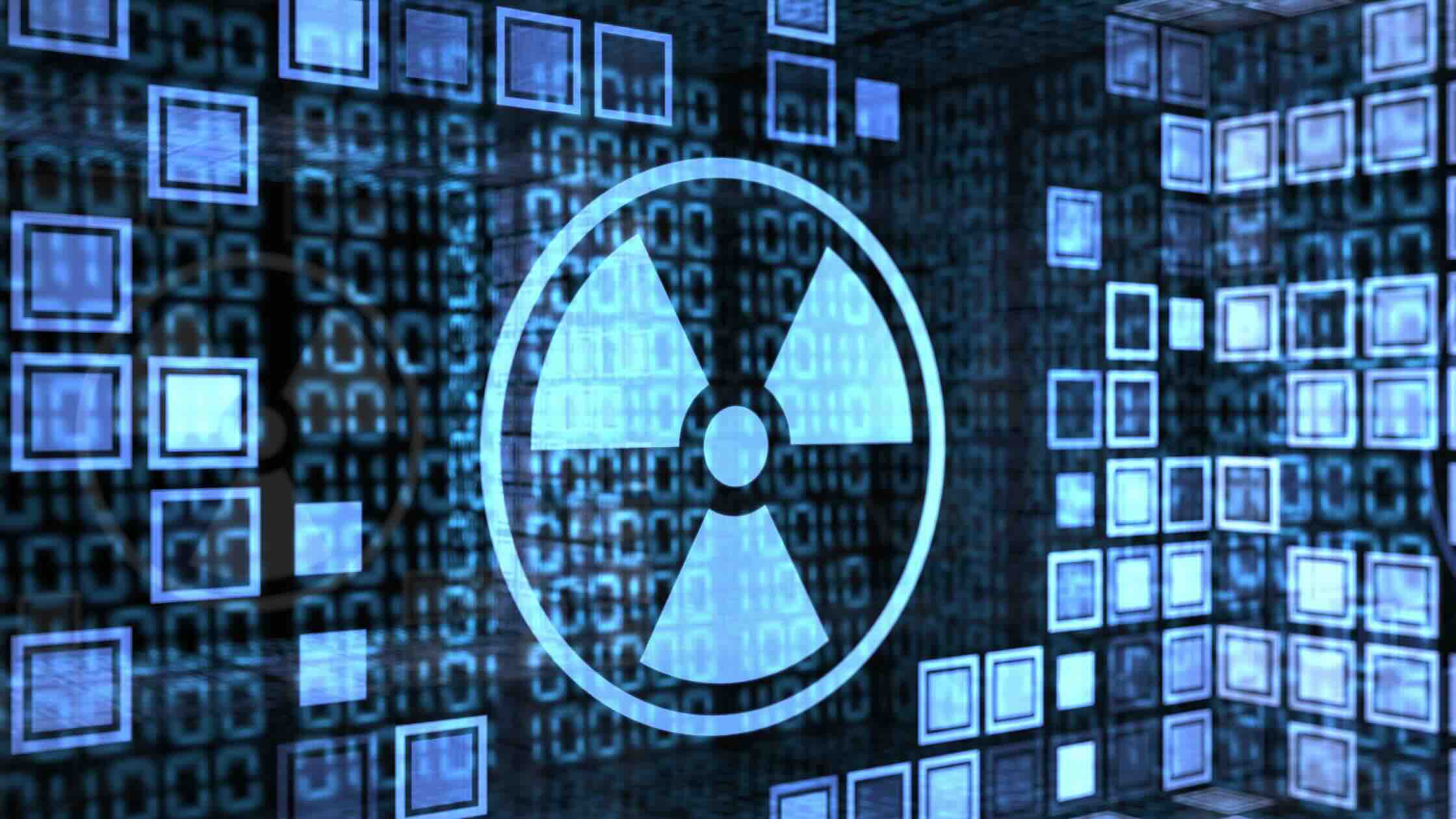
October 18, 2024
Explore the fundamental precept of radiation safety (ALARA), its history, and the three principles that reduce radiation exposure to occupational…
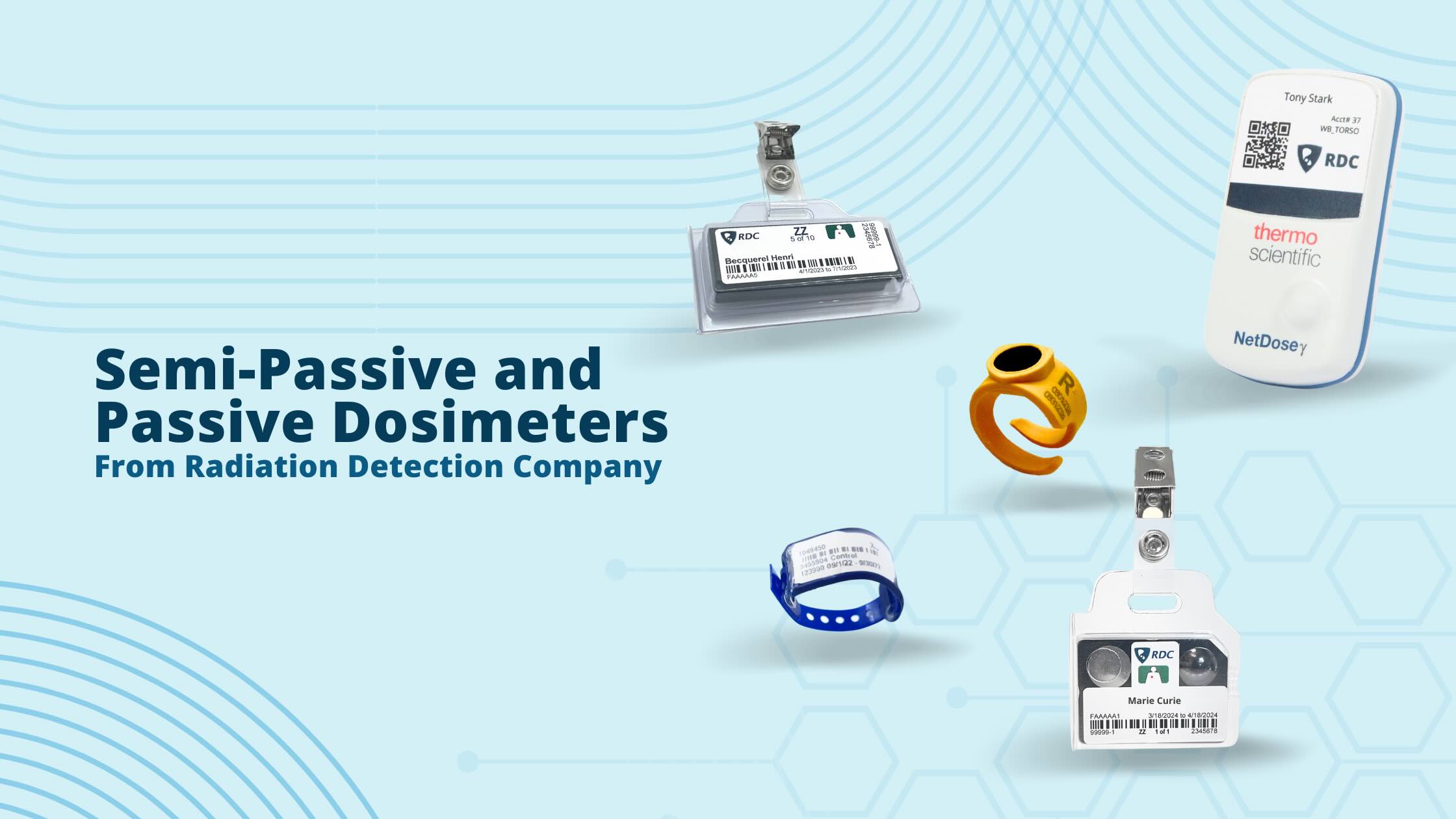
September 19, 2024
Learn why passive dosimeters, such as TLD and OSL, and semi-passive digital dosimeters are the best options for long-term radiation…

May 10, 2024
Explore which personal radiation monitor is most effective for specific settings so you can feel confident choosing monitoring technology for…

May 3, 2024
Discover the best personal X-ray dosimeter for your organization with our comprehensive guide. Everyone is exposed to some form of…

April 17, 2024
Learn how to easily obtain an Xray badge for radiation monitoring and ensure the safety of your workplace. ...

April 9, 2024
Understand the importance of an X-ray badge in various occupational settings and how radiation monitoring safeguards employees, companies, and the…

April 4, 2024
Discover the essential tips and guidelines for properly wearing and maintaining your x ray badge to ensure accurate radiation exposure…
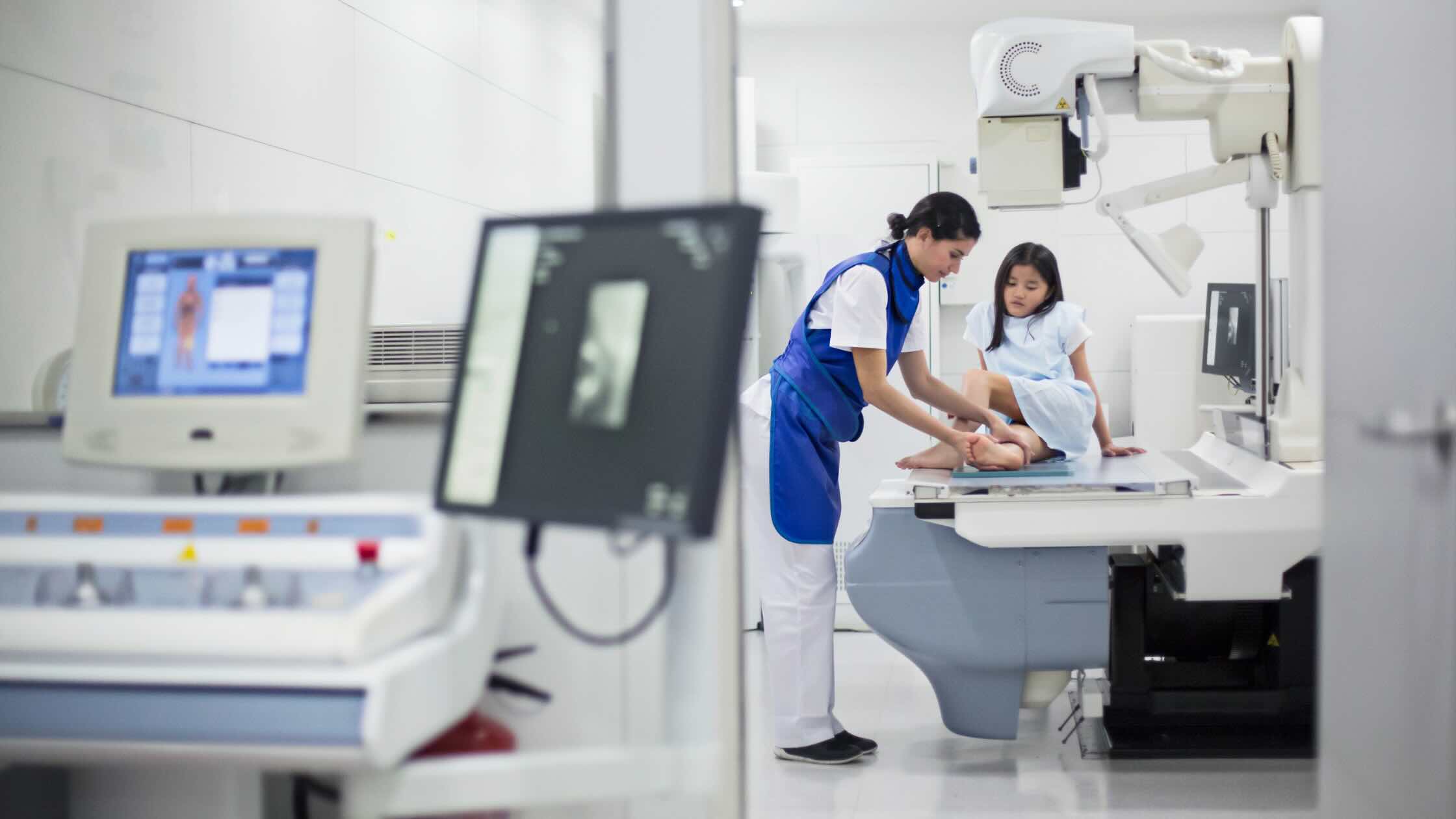
April 2, 2024
An X-ray dosimeter is a device used to measure and monitor the amount of radiation exposure someone may receive, typically…
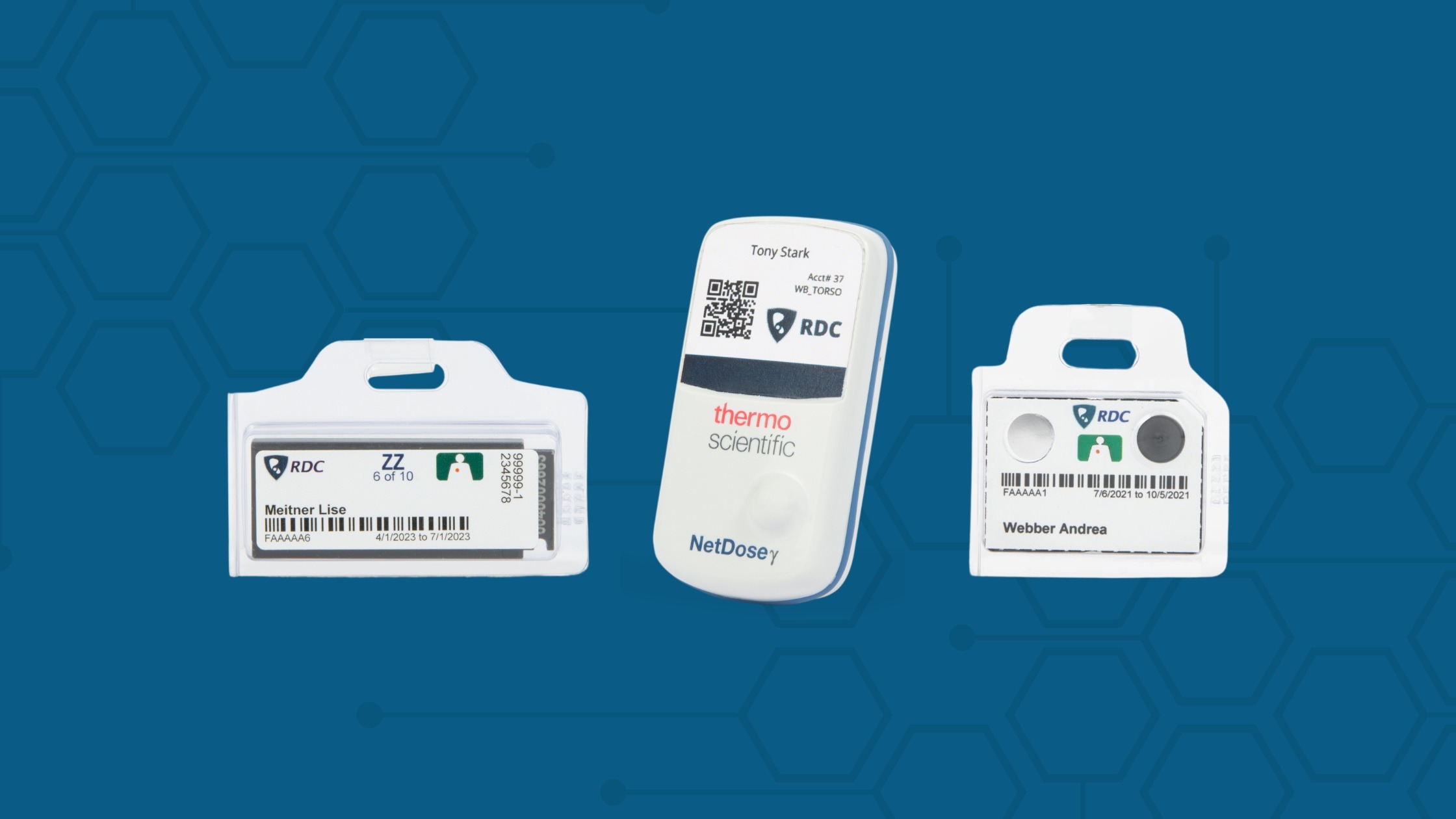
March 6, 2024
There are many different types of radiation dosimeters available for use today, and they all play a critical role in…

March 6, 2024
Technological advancements have made the range of dosimeter solutions available to organizations considerably more robust. With so many options on…

March 5, 2024
We’re excited to introduce our newest dosimetry solution, the NetDose Digital Dosimeter! In this article we’ll explore why using this…

October 17, 2023
If you have employees that work with – or are exposed to – radiation, it’s essential to monitor their radiation…

August 22, 2023
Discover essential tips for maintaining radiation safety in dental offices using handheld X-ray units with a brief review of ALARA…

July 20, 2023
Explore the fascinating evolution of radiation safety and take a deep dive into the history of X-ray badges. Since its…

July 12, 2023
Explore common sources of radiation in dental practices, why wearing a radiation badge is necessary, which staff members should wear…

June 8, 2023
Ionizing radiation is a danger in many occupational settings, which makes diversified solutions able to address potential exposure to radioactive…

May 15, 2023
There are many different types of dosimeters on the market these days. Specialization has allowed for some dosimeters to make…
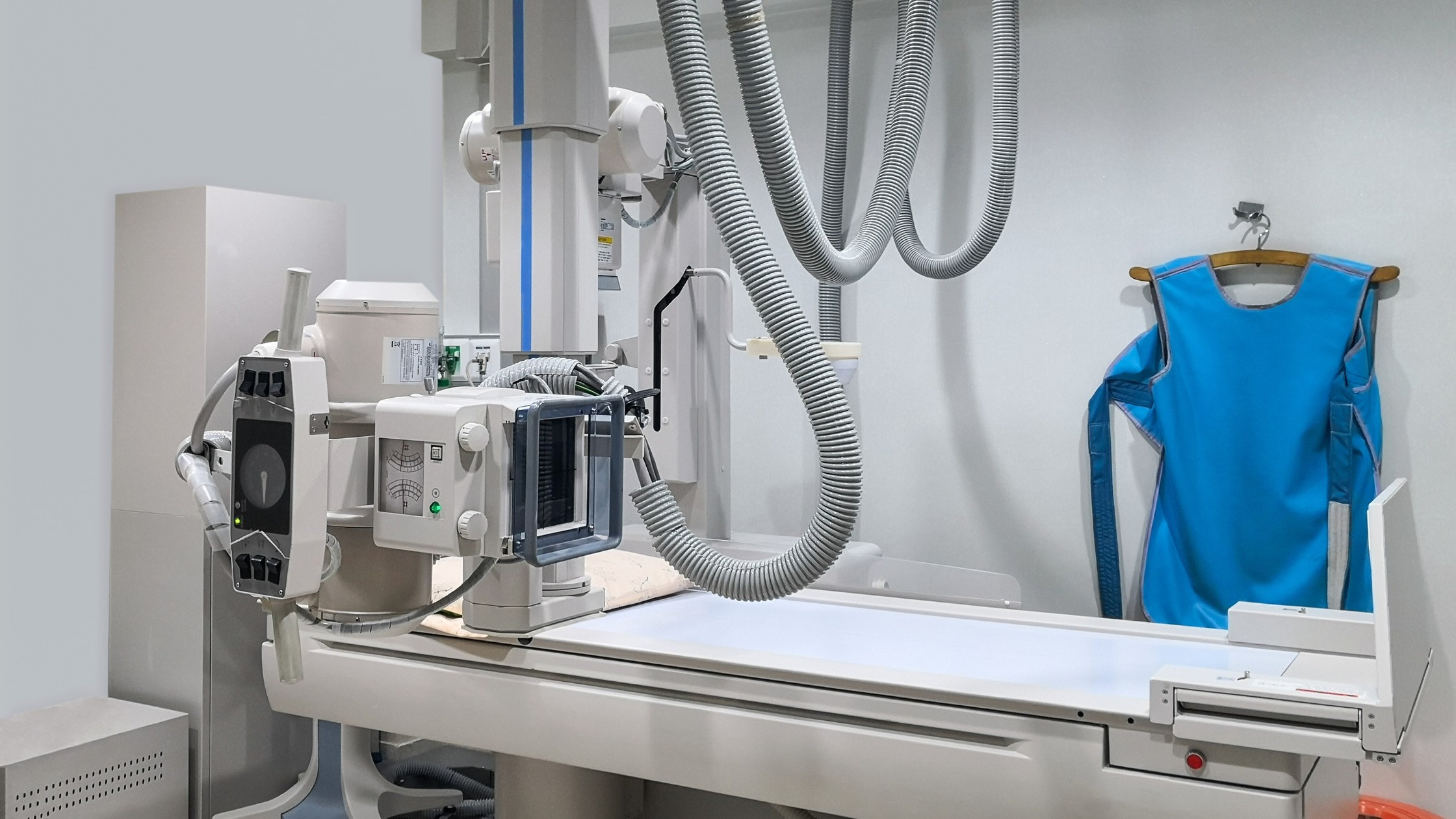
April 24, 2023
Learn about the best materials that block radiation, including lead, concrete, and specialized composites. Discover how different shielding materials protect…

April 21, 2023
Explore the basics of radiation, the differences between TLDs and OSLs, and the benefits of each type of dosimeter. Thermoluminescent…

March 31, 2023
You’ve probably noticed that you’re hearing more and more about OSL dosimeters these days. Your observation is correct. Over the…
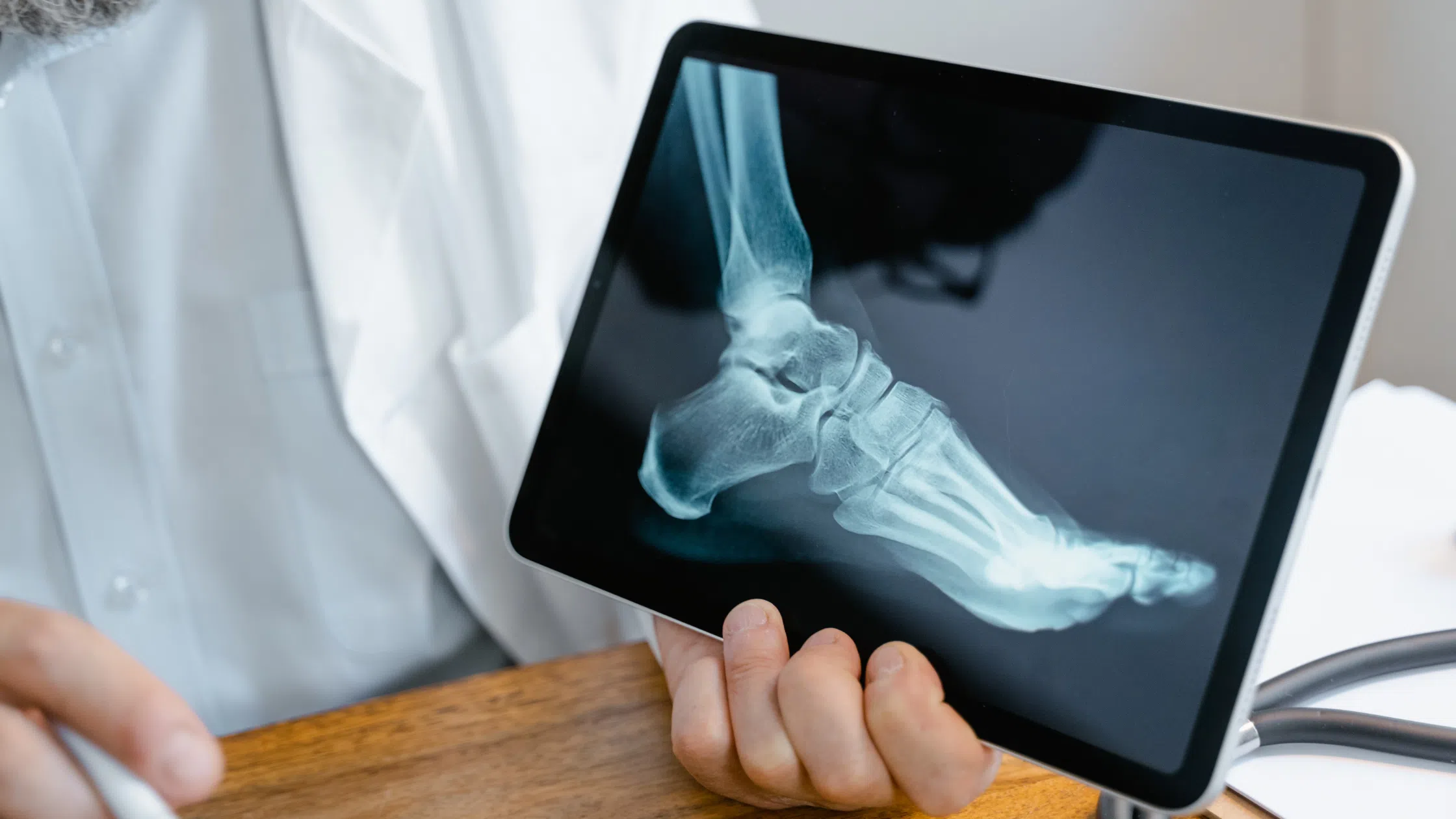
March 24, 2023
When it comes to x-ray safety, there are guidelines put in place by governing bodies that are critical to the…

March 22, 2023
Protective aprons and shields have long been one of the most effective means to prevent radiation exposure. These instruments fall…

March 2, 2023
The four common types of radiation include alpha particles, beta particles, gamma rays, and neutron radiation. These forms of radiation…
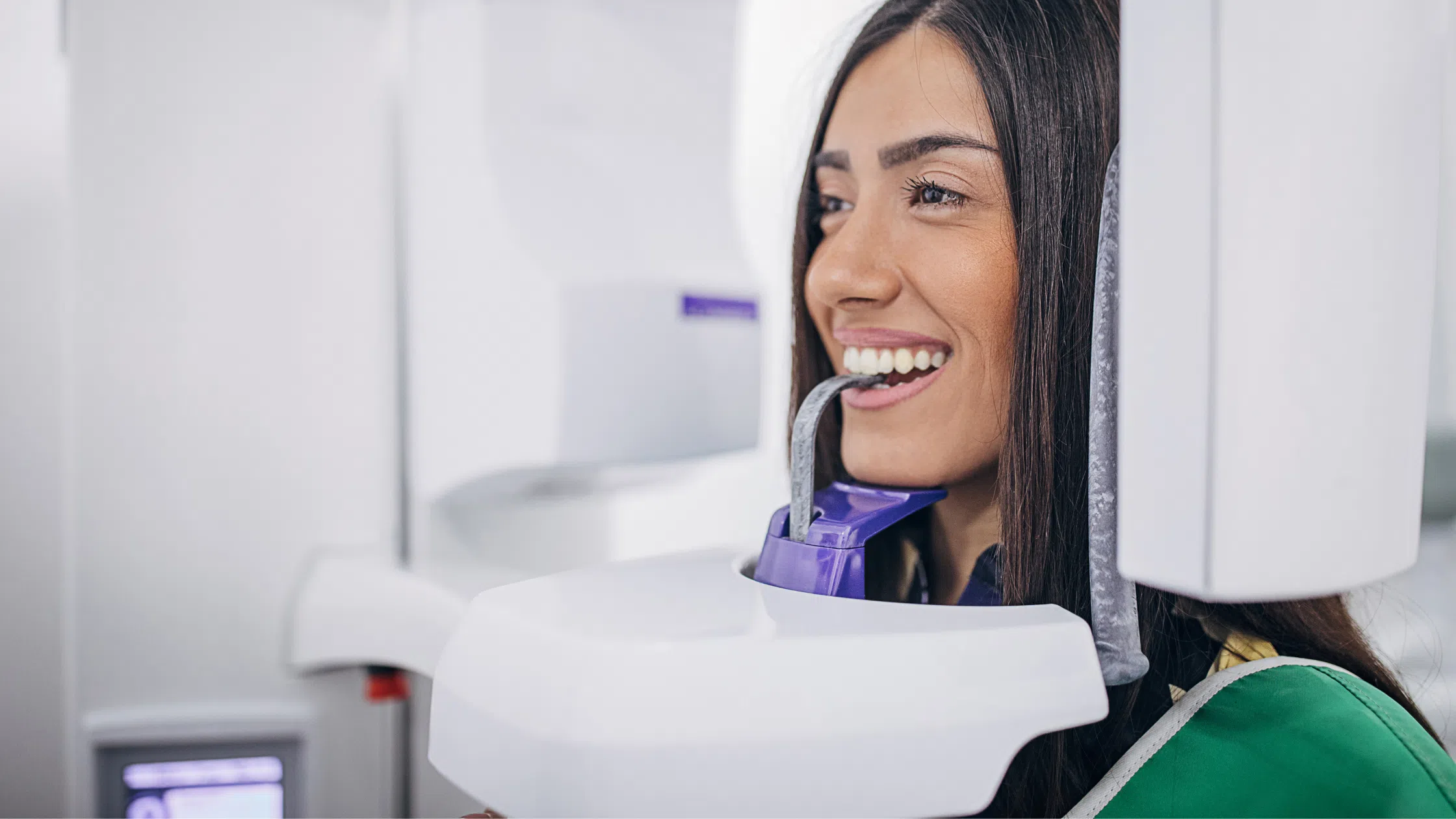
March 2, 2023
Any and all exposure to ionizing radiation is dangerous. However, it’s truly impossible to avoid exposure completely. Since radiation is…

February 28, 2023
The importance of a Radiation Safety Officer (or RSO) to an organization cannot be overstated. An RSO is a key…

February 27, 2023
Radioactive materials can be helpful in diagnosing and/or treating illnesses and are also often used in medical research. While their…
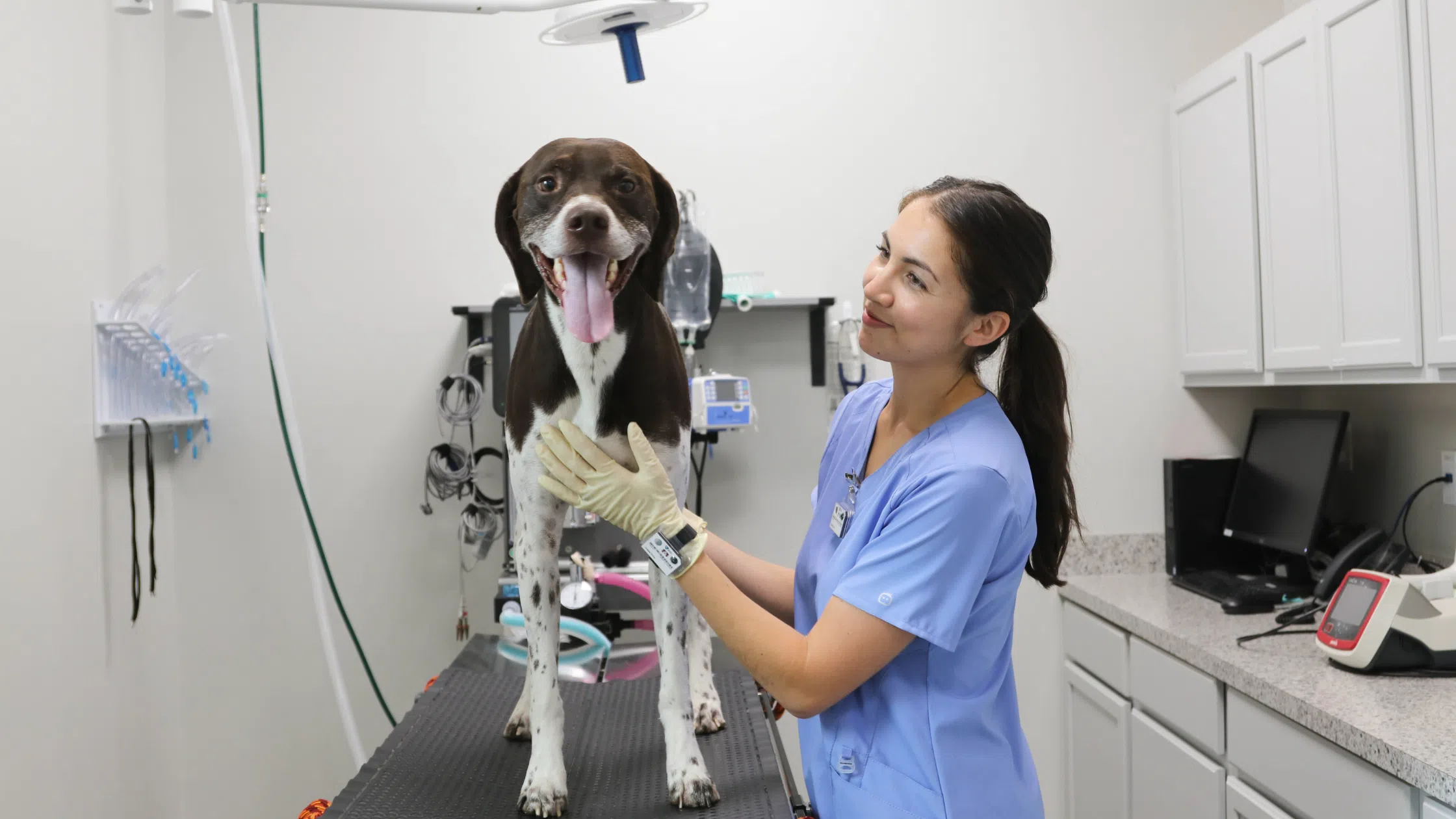
February 14, 2023
Protecting your company’s personnel is of the utmost importance when you operate a business that has the potential to expose…

February 10, 2023
A Radiation Safety Committee (RSC) is an integral part of the radiation safety program for any business that interacts with…

January 12, 2023
If you are pregnant or planning to become pregnant, understanding the dangers of radiation exposure is very important. It’s recommended…

January 9, 2023
Exposure to high levels of radiation can cause both short-term and long-term health effects. For this reason, radiation safety and…

December 13, 2022
Passive dosimetry plays a major role in the safety of every radiation worker, especially high-risk employees. But what is it…

December 1, 2022
An extensive radiation safety program is a crucial piece for all businesses that interact with radioactive material. In this article…
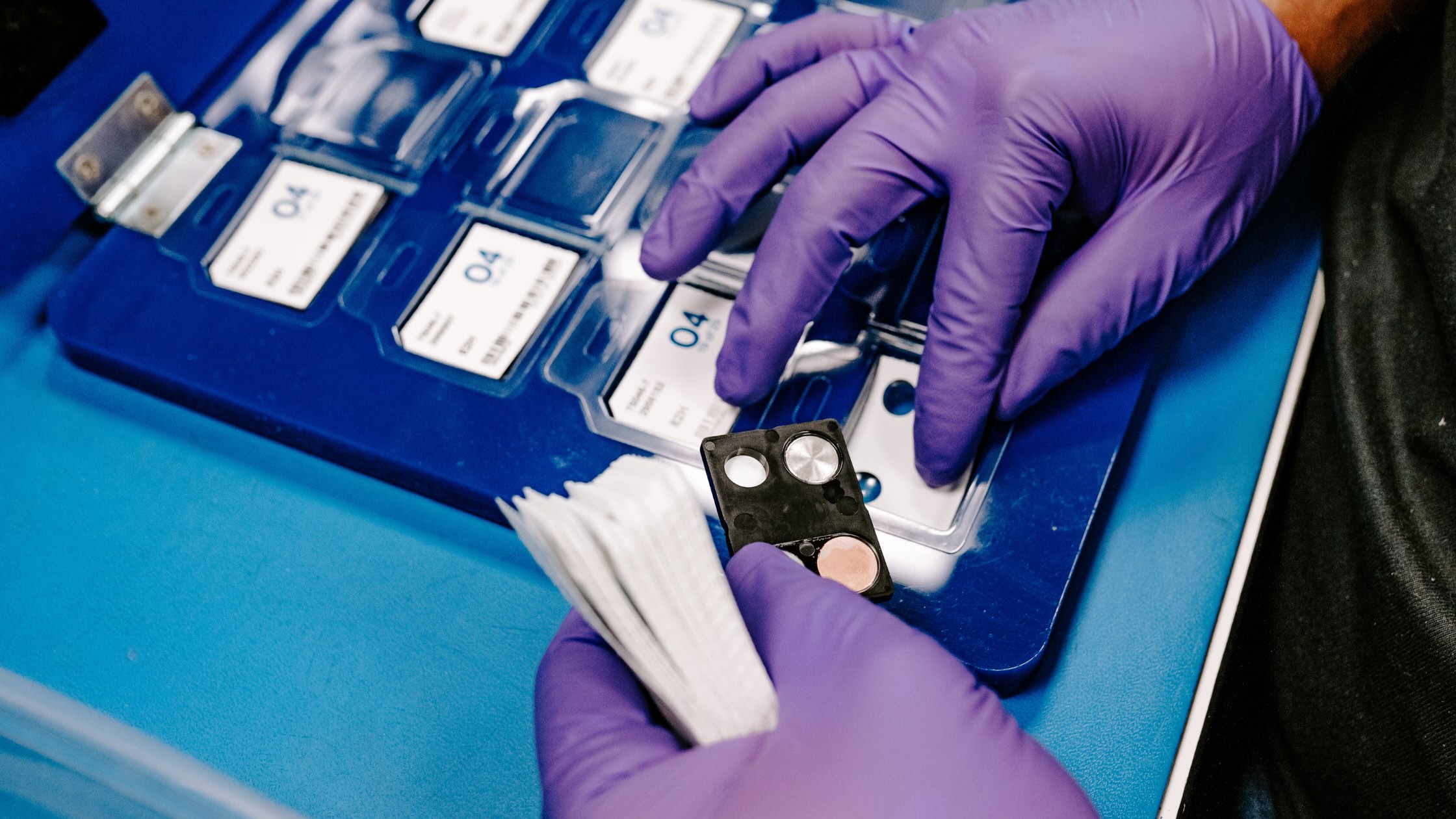
November 22, 2022
What is a thermoluminescent dosimeter (TLD), and what does it do? In this article, we’ll deep dive into everything you…

November 15, 2022
Radiation dosimetry services ensure compliance, optimize costs, and protect workers by monitoring exposure with TLD and OSL badges in healthcare,…
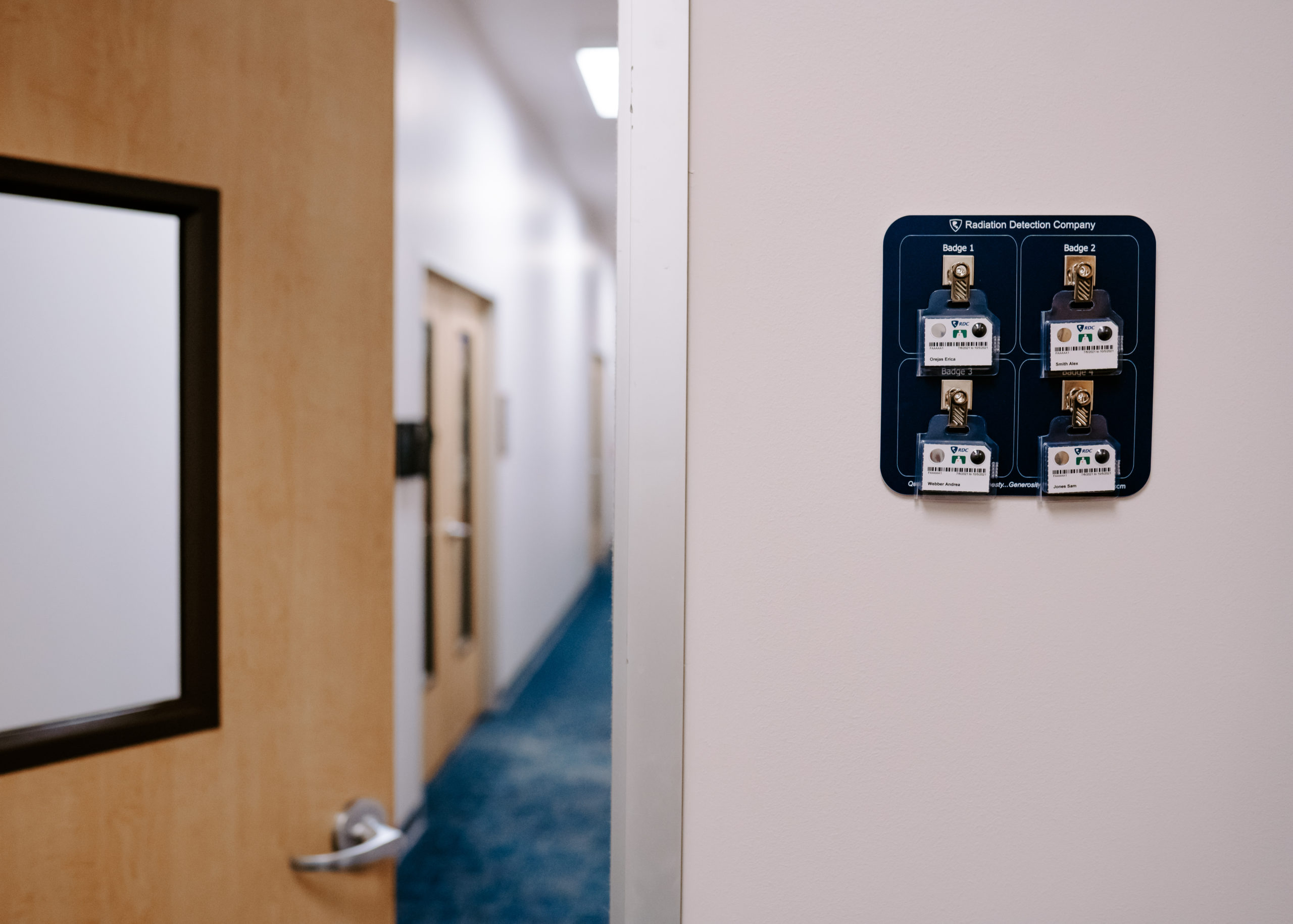
November 14, 2022
Control dosimeters play an important role in calculating occupational radiation exposure, but they are often overlooked or used incorrectly. Our…

February 16, 2022
Working with, or near radioactive materials can be intimidating, but there are several things you can do to mitigate the…
Case Studies
Our case studies offer a deep dive into the challenges, solutions, and lessons learned from situations involving ionizing radiation.
Accreditation
Accredited by the National Voluntary Laboratory Accreditation Program
RDC has been a major supplier of dosimetry services to people whose work may expose them to radiation since 1949. These services include the distribution of various radiation protection products to and from the clients, and the analysis, reporting and record keeping of personnel dose.
Accreditation
RDC is accredited to provide dosimetry services with National Voluntary Laboratory Accreditation Program (NVLAP Lab Code 100512-0) which is part of the National Institute of Standards and Technology (NIST).
Licensing
RDC is licensed by the State of Texas Department of State Health Services for dosimeter testing and collection / analysis of leak test (swipe) samples.
The mission of the Texas Department of State Health Services’ Radiation Control Program is to protect and promote the physical and environmental health of the people of Texas. They strive to prevent unnecessary radiation exposure to the public through effective licensing, registration, enforcement, and emergency response.
FAQ
Find Answers to Your Questions
NVLAP Accreditation RDC is accredited to provide dosimetry services with the National Voluntary Laboratory Accreditation Program (NVLAP) which is part of the National Institute of Standards and Technology (NIST). NVLAP Lab Code 100512-0. Licensing RDC is licensed by the State of Texas, Department of State Health Services for TLD dosimeter testing and collection/analysis of leak test (swipe) samples. The mission of the Texas Department of State Health Services’ Radiation Control Program is to protect and promote the physical and environmental health of the people of Texas. They strive to prevent unnecessary radiation exposure to the public through effective licensing, registration, inspection, enforcement, and emergency response.
Publication & Forms
Key Resources
Radiation safety is a critical concern across various industries, and a commitment to understanding and implementing best practices is essential to protect both workers and the public from potential harm associated with ionizing radiation.

As a trusted authority, it conducts research, issues recommendations, and disseminates valuable information to safeguard public health and promote radiation safety across various industries. Join us in exploring the pivotal contributions of the NCRP in the field of radiation protection.

The Radiological Society of North America (RSNA), founded in 1915, is a premier organization dedicated to advancing radiology through education, research, and innovation, uniting professionals and experts in the field to drive excellence in medical imaging worldwide.
Contact Us
Have a Specific Question?
For personalized radiation safety solutions or assistance, fill out the contact form, and our customer service team will reach out within 48 hours.




